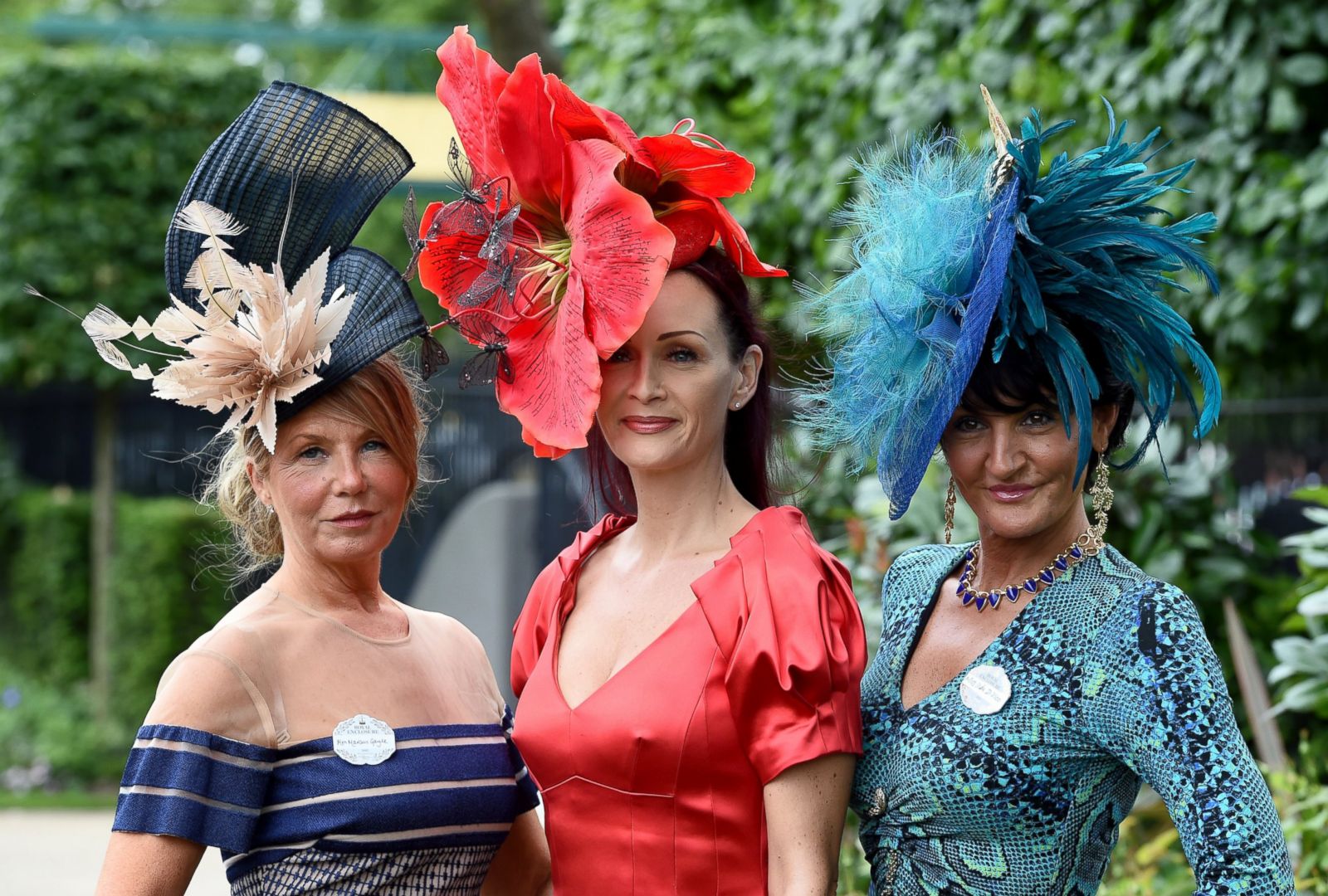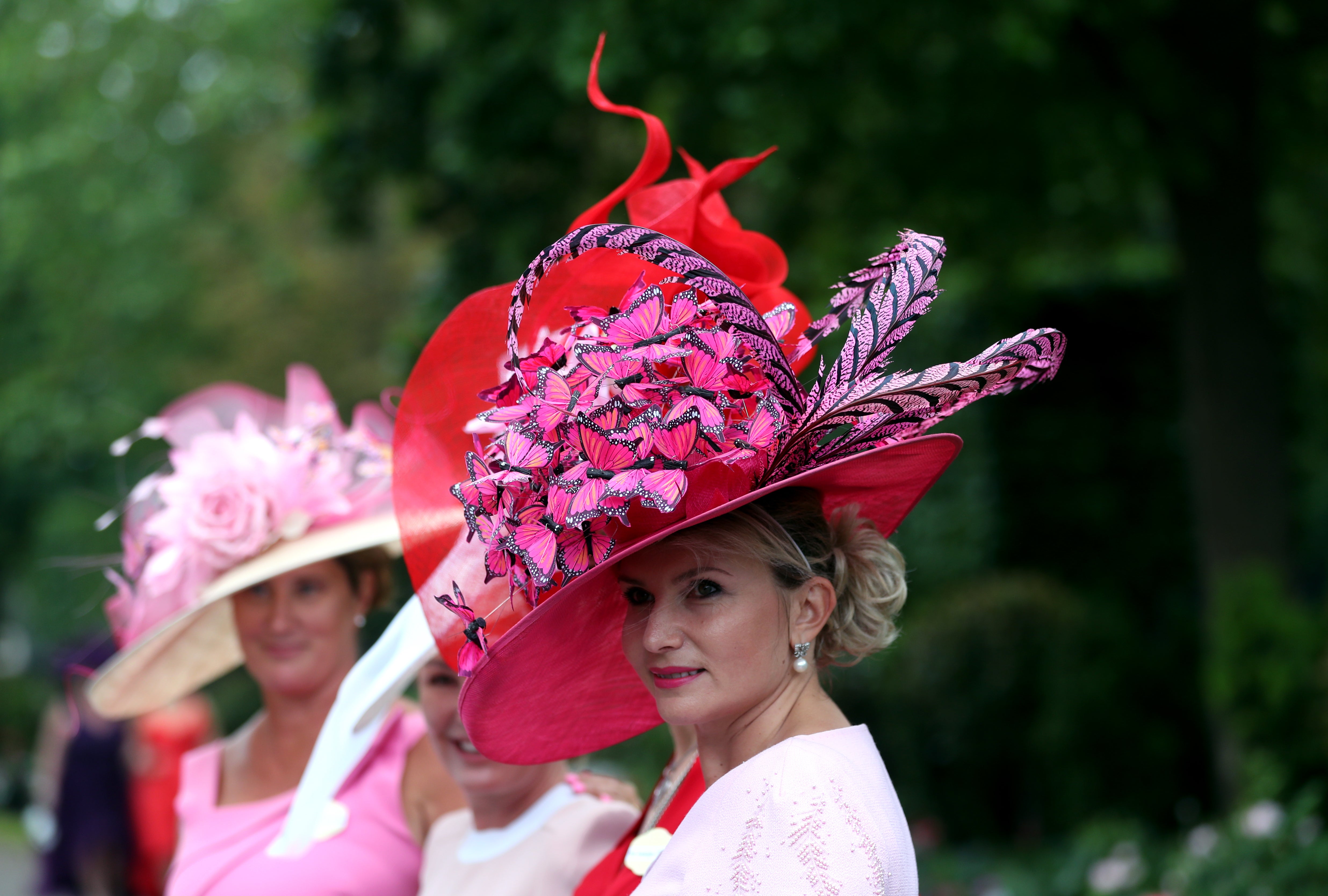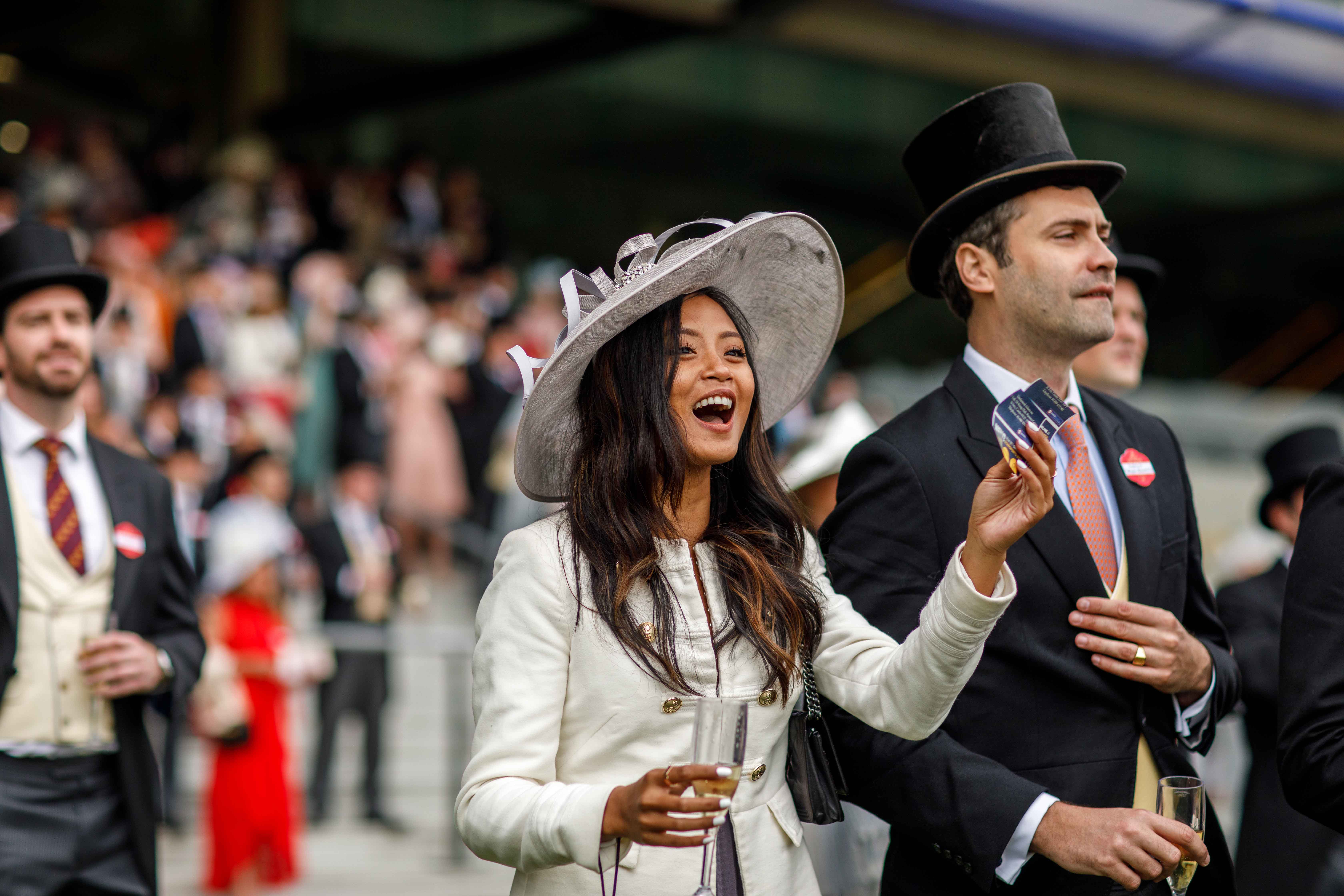Royal Ascot History and Tradition

Royal Ascot, a renowned horse racing event in the United Kingdom, boasts a rich history steeped in tradition and royal patronage. Its origins can be traced back to 1711 when Queen Anne established the Ascot Heath racecourse near Windsor Castle.
Royal Patronage and Traditions
Royal Ascot has been graced by the presence of British monarchs throughout its history. King George III was an avid attendee, and his passion for racing contributed to the event’s growth and popularity. The tradition of the royal procession, where the monarch and their entourage arrive in horse-drawn carriages, has been a hallmark of the event since 1825.
Historical Significance
Royal Ascot has witnessed numerous significant moments in horse racing history. In 1840, the first running of the Gold Cup, one of the most prestigious races in the world, took place. The racecourse has also hosted the debut of legendary horses, including Frankel, who won the Queen Anne Stakes in 2011.
Fashion and Style at Royal Ascot

Royal Ascot is renowned for its unparalleled elegance and glamour, where fashion takes center stage alongside the thrilling horse races. The event boasts a strict dress code that has evolved over the years, showcasing the latest trends and iconic outfits that have become synonymous with the occasion.
Dress Code and Evolution of Fashion, Royal ascot
The Royal Ascot dress code is meticulously enforced, ensuring that attendees adhere to a sophisticated and formal attire. Ladies are required to wear dresses or skirts that fall below the knee, with straps that are at least one inch wide. Hats or headpieces are an essential accessory, adding a touch of grandeur to the overall ensemble.
Over the years, fashion at Royal Ascot has undergone a remarkable transformation. In the early days, women wore elaborate gowns with wide-brimmed hats, reflecting the Victorian era’s fashion sensibilities. As time progressed, the silhouettes became more streamlined, with shorter skirts and less ornate hats. Today, while the dress code remains formal, there is more room for personal style and interpretation, allowing attendees to express their individuality within the established guidelines.
Iconic Outfits and Designers
Royal Ascot has witnessed some of the most iconic fashion moments in history. Audrey Hepburn’s elegant white Givenchy gown, worn in 1956, remains a timeless masterpiece that embodies the glamour of the event. Other notable outfits include Princess Diana’s polka-dot dress by Victor Edelstein, worn in 1988, and the Duchess of Cambridge’s Alexander McQueen ensemble, worn in 2019.
Renowned designers such as Philip Treacy, Stephen Jones, and Rachel Trevor-Morgan have created unforgettable hats for Royal Ascot attendees. These creations are often elaborate works of art, adorned with feathers, flowers, and other embellishments, adding a touch of whimsy and drama to the occasion.
Embracing Elegance and Glamour
At Royal Ascot, fashion is not merely about adhering to a dress code; it is about embracing elegance and glamour. The outfits showcased at the event exude sophistication and style, creating a visually stunning spectacle that complements the excitement of the races. Whether it’s a classic silhouette or a more contemporary design, attendees strive to present their best fashion forward selves, making Royal Ascot a true celebration of style and equestrianism.
Racing and Equestrianism

Royal Ascot is renowned for its prestigious races that attract the finest racehorses and jockeys from around the world. These races are not just about speed and endurance but also about tradition and elegance.
The Gold Cup
The Gold Cup is the highlight of Royal Ascot, a Group 1 flat race for horses aged four and older. Run over a distance of two and a half miles, it is one of the most challenging races in the British racing calendar.
Winning the Gold Cup is a prestigious honor, and it has been won by some of the greatest horses in history, including Frankel, Stradivarius, and Yeats.
The Queen Anne Stakes
The Queen Anne Stakes is a Group 1 flat race for horses aged four and older. Run over a distance of one mile, it is one of the most prestigious sprint races in the world.
The Queen Anne Stakes has been won by some of the fastest horses in history, including Frankel, Palace Pier, and Baaeed.
Training and Preparation
The horses that compete at Royal Ascot are meticulously trained and prepared for the event. They undergo a rigorous training regimen that includes daily workouts, specialized diets, and veterinary care.
The trainers and jockeys who work with these horses are among the best in the world. They have a deep understanding of horse racing and are dedicated to helping their horses achieve their full potential.
Jockeys and Trainers
Some of the most famous jockeys and trainers in history have competed at Royal Ascot. These include:
- Lester Piggott: A legendary jockey who won the Gold Cup a record 11 times.
- Frankie Dettori: A flamboyant jockey who is known for his spectacular riding style.
- Aidan O’Brien: A successful trainer who has won the Gold Cup a record six times.
- John Gosden: A respected trainer who has won the Gold Cup four times.